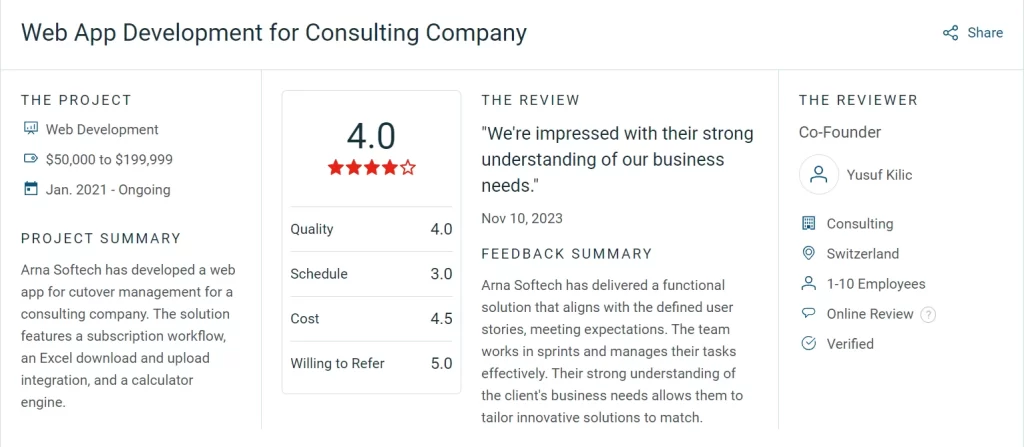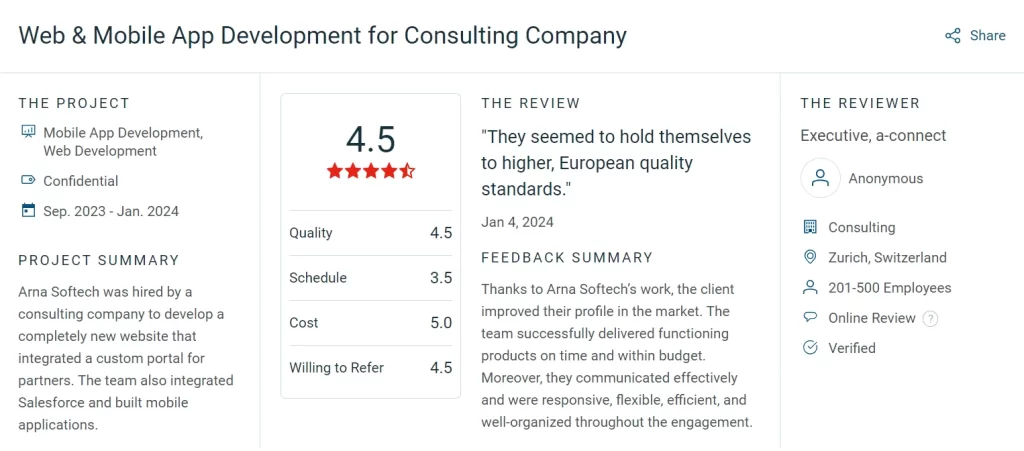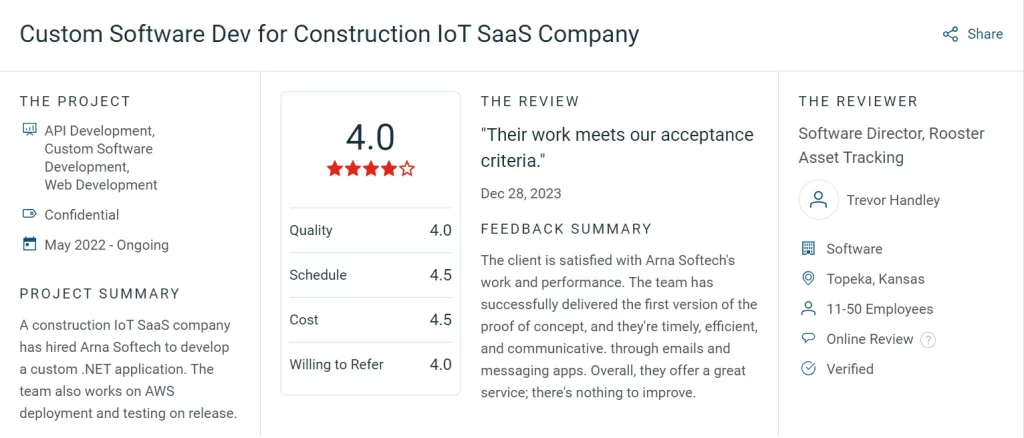Crafting Code That Shapes Futures
We deliver cost-effective, scalable solutions with a great command in Microsoft technologies. We ensure your business meets the level of growth you aim for. When your business is built on momentum, the future stops being uncertain. Partner with us for custom software development solutions that grow with you.












Your Trusted Partner in Digital Excellence and Innovation
We transform ideas into powerful digital solutions. Developing Products in Cloud-based Architecture, Data Engineering, custom software Development, and QA Automation, with our 10+ years of experience. We craft scalable products, & deliver seamless experiences to our customers.
Leading as a successful Azure partner, we excel by combining our deep expertise in Microsoft with a UX-first approach to deliver customized solutions to our clients in sectors like Finance, Insurance, Government, Education, etc.
Your business vision deserves more than just technology, and you deserve a partner who knows beyond.

-
30+
Live Projects
-
10+
Industry Mastered
-
200+
Projects Completed
-
58+
Satisfied Clients
-
96%
Client Satisfaction
Solutions Tailored for Your Digital Success
From concept to code, we provide comprehensive digital engineering services. In a digital world that is changing quickly, our tailored solutions guarantee scalable, innovative products that take your organization forward in a continuously changing digital landscape.
We turn ideas into real-world software that boosts your company's worth. Partner with us for custom software development to shape your digital future and achieve success.
Scalable, high-performance solutions driven by Microsoft Azure and Python enabling the transformation of complicated data into meaningful insights.
We provide robust manual and automated testing to assure software excellence while improving performance and user experience.
With Azure, we simplify the cloud for businesses — making it easier to scale, stay secure, and cut down unnecessary tech costs.
Our team enhances user experiences and achieves business goals by designing intuitive and high-performance UI/UX solutions.
Trusted by Businesses for Scalable, Results-Driven Solutions.
Our scalable solutions deliver measurable results, powered by our core expertise in QA automation, Data Engineering, Custom Software Development, Cloud Engineering, and more.
Description for Image 1
Versatile Solutions Across Industries
Our company provides custom-made solutions for various businesses & industries, boosting progress and productivity. We use cutting-edge tech to help insurance, fintech, healthcare, education, and other industries aiming for digital success.
What People Think About Us
Their professionalism and commitment to our success were evident throughout the entire process.
One aspect that sets IT Services apart is their proactive approach to security. In today's digital landscape, protecting our sensitive data
Serana Belluci
Product Designer
One aspect that sets IT Services apart is their proactive approach to security. In today's digital landscape, protecting our sensitive data
Serana Belluci
Product Designer
One aspect that sets IT Services apart is their proactive approach to security. In today's digital landscape, protecting our sensitive data
Serana Belluci
Product Designer
One aspect that sets IT Services apart is their proactive approach to security. In today's digital landscape, protecting our sensitive data
Serana Belluci
Product Designer
One aspect that sets IT Services apart is their proactive approach to security. In today's digital landscape, protecting our sensitive data
Serana Belluci
Product Designer
One aspect that sets IT Services apart is their proactive approach to security. In today's digital landscape, protecting our sensitive data
Serana Belluci
Product Designer
After consultation my studio branding all over
One aspect that sets IT Services apart is their proactive approach to security. In today's digital landscape, protecting our sensitive data
Serana Belluci
Product Designer
After consultation my studio branding all over
One aspect that sets IT Services apart is their proactive approach to security. In today's digital landscape, protecting our sensitive data
Serana Belluci
Product Designer
After consultation my studio branding all over
One aspect that sets IT Services apart is their proactive approach to security. In today's digital landscape, protecting our sensitive data
Serana Belluci
Product Designer
After consultation my studio branding all over
One aspect that sets IT Services apart is their proactive approach to security. In today's digital landscape, protecting our sensitive data
Serana Belluci
Product Designer
After consultation my studio branding all over
One aspect that sets IT Services apart is their proactive approach to security. In today's digital landscape, protecting our sensitive data
Serana Belluci
Product Designer
After consultation my studio branding all over
One aspect that sets IT Services apart is their proactive approach to security. In today's digital landscape, protecting our sensitive data
Serana Belluci
Product Designer
Straight From Our Clients
Just like our products, our customer relations last longer too. It’s a long-term promise!
"Arna Softech is our preferred partner for software design, development, and support needs. Over the past four years, they consistently delivered projects on time, delighting customers and stakeholders. Their willingness to tackle complex problems and provide innovative solutions, combined with their communicative, responsive, and flexible approach, has resulted in a seamless partnership. Despite tight schedules, they prioritize customer satisfaction."
Matt Kenny
CTO & Co-FOunder - GovBuilt
Arna Softech is our go-to team for any kind of technology support for years now. Their ability to understand my operational requirements and interpret that into a technology solution is par excellence. I would definitely recommend the Arnasoftech team to anyone looking for a trustworthy tech partner.
Varadarajan Rajagopalan
Co-Founder - VIVA Development Strategies
From the moment we started, there was clear communication and collaboration. We started small but developed an entire framework. The end product’s quality was very good and more than what we wanted, especially for the given price. Nitin’s team was very responsive in addressing any challenges. They also dealt with some of our internal IT counterparts, which took a lot of work off our shoulders and we could move more progressively in this partnership.
Daniel Bosch
Head of Change and Transformation, Axpo Group
"We're impressed with their strong understanding of our business needs." Arna Softech has delivered a functional solution that aligns with the defined user stories, meeting expectations. The team works in sprints and manages their tasks effectively. Their strong understanding of the client's business needs allows them to tailor innovative solutions to match.
Yusuf Kilic
Co-founder - Consulting Company

"They seemed to hold themselves to higher, European quality standards." Thanks to Arna Softech’s work, the client improved their profile in the market. The team successfully delivered functioning products on time and within budget. Moreover, they communicated effectively and were responsive, flexible, efficient, and well-organized throughout the engagement.
Susana Araujo
CFO, a-connect

"Their work meets our acceptance criteria." The client was satisfied with Arna Softech's work and performance. The team has successfully delivered the first version of the proof of concept, and they're timely, efficient, and communicative. through emails and messaging apps. Overall, they offer a great service; there's nothing to improve.
Trevor Handley
Software Director, Rooster Asset Tracking

Guaranteed Excellence,
Every Time
Pick us for sturdy excellence in almost every solution. We use our experience and effectiveness to continually deliver excellent outcomes for your company's requirements.
105+ Skilled Experts
Access to a pool of top-tier engineers skilled in your chosen tech stack.
5+ Yr Avg Client Tenure
80% of our clients remain with us for more than five years, developing enduring relationships
Process-Driven Success
We ensure quality delivery through knowledge sharing and efficient processes.
Grade-A Security
Sturdy, enterprise-grade security procedures that guarantee privacy and data integrity.
Are You Looking for an End to End Solution to Deploy Skilled Workforce?
We design solutions that bring unmatchable customer experience to life and help companies accelerate their growth agendas with breakthrough innovation.
Blogs and Articles
Stay updated with the latest trends, insights, and success stories in the world of technology, innovation, and digital transformation. Explore our curated articles and expert opinions designed to inspire and inform.

















